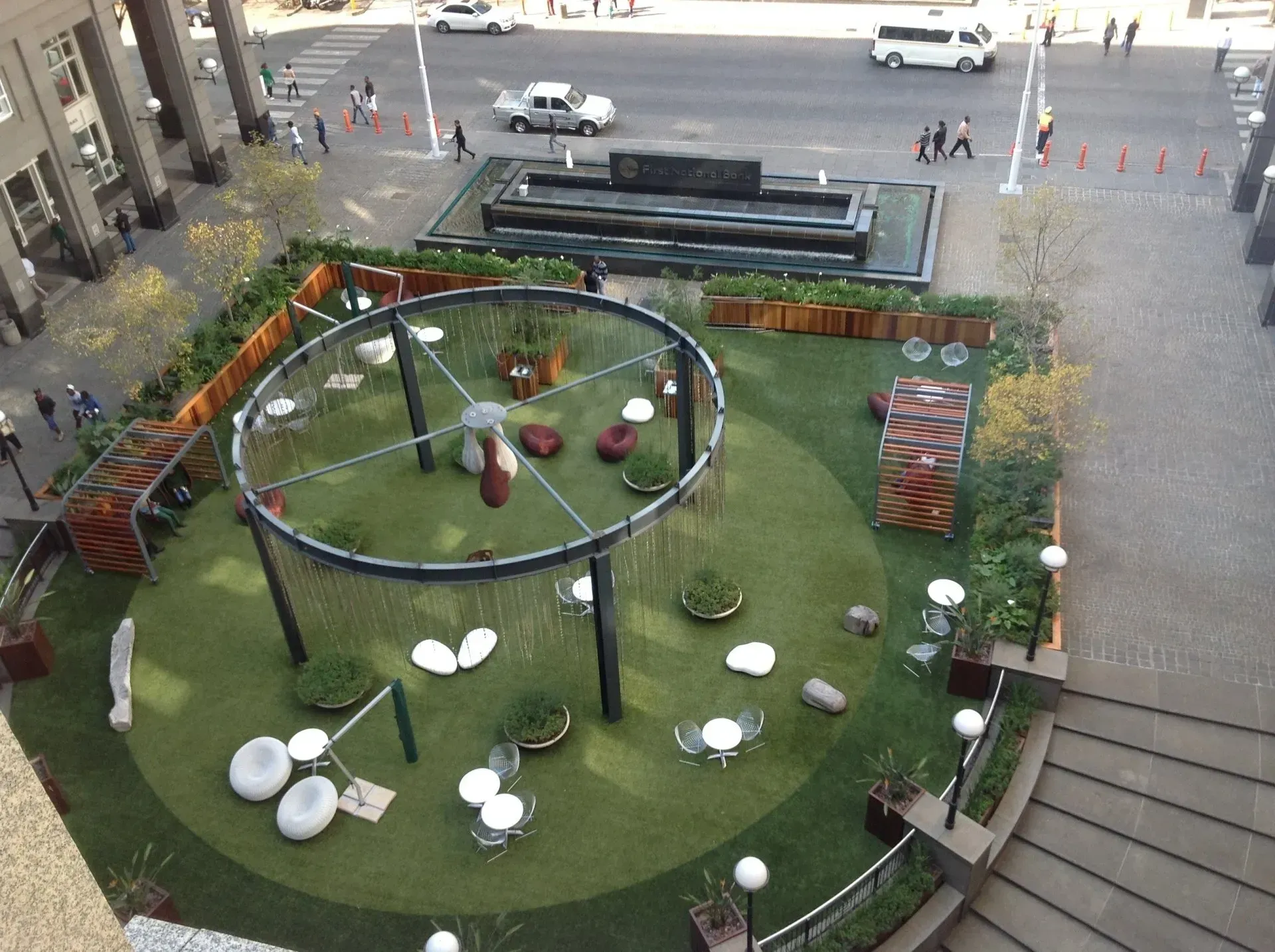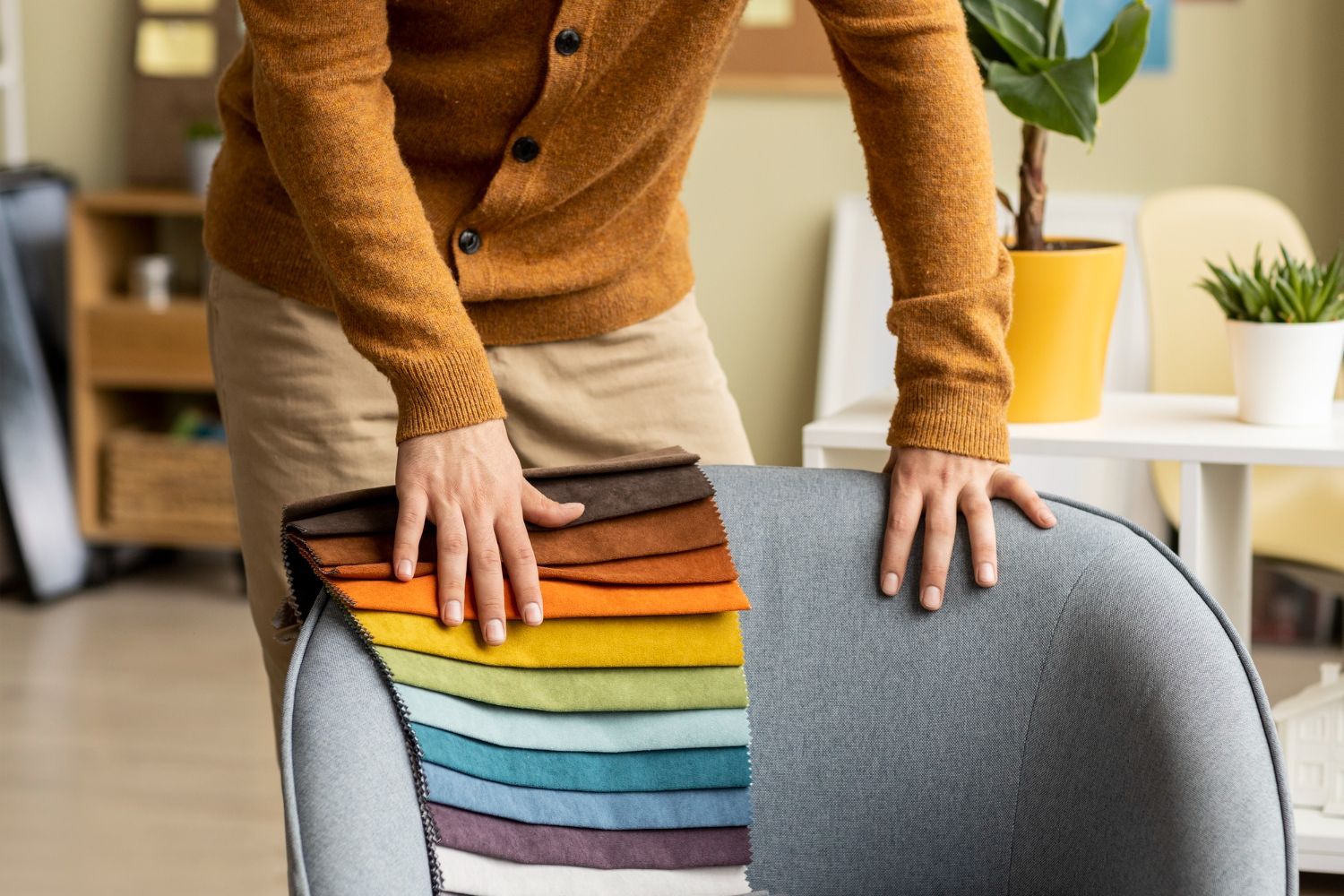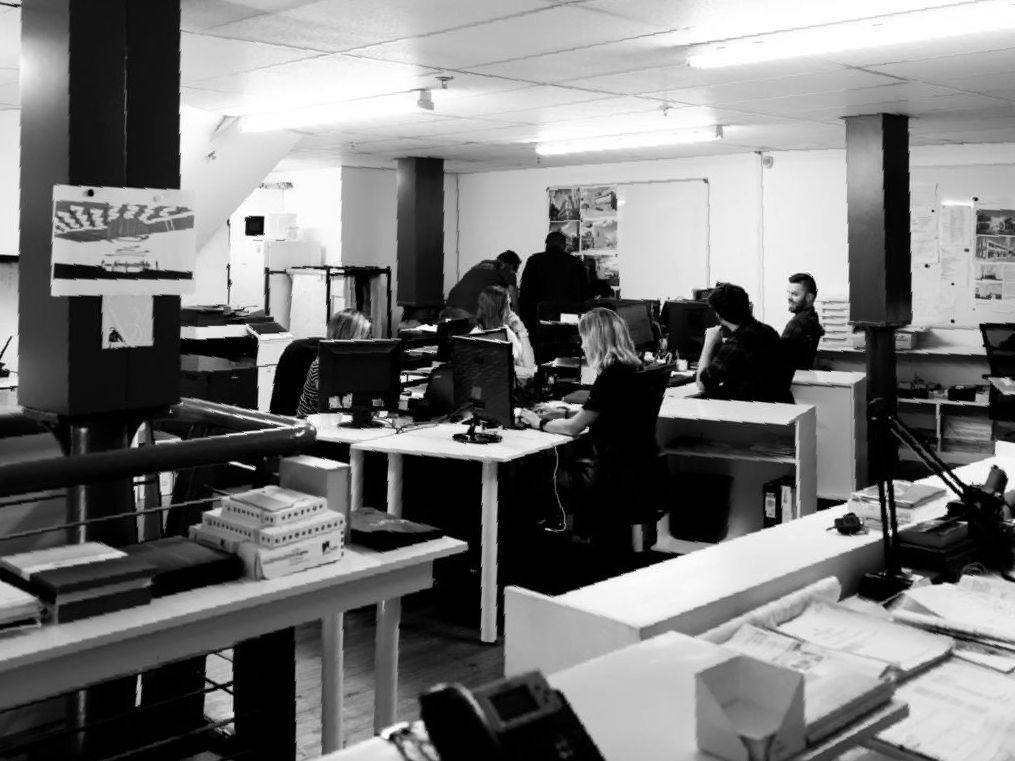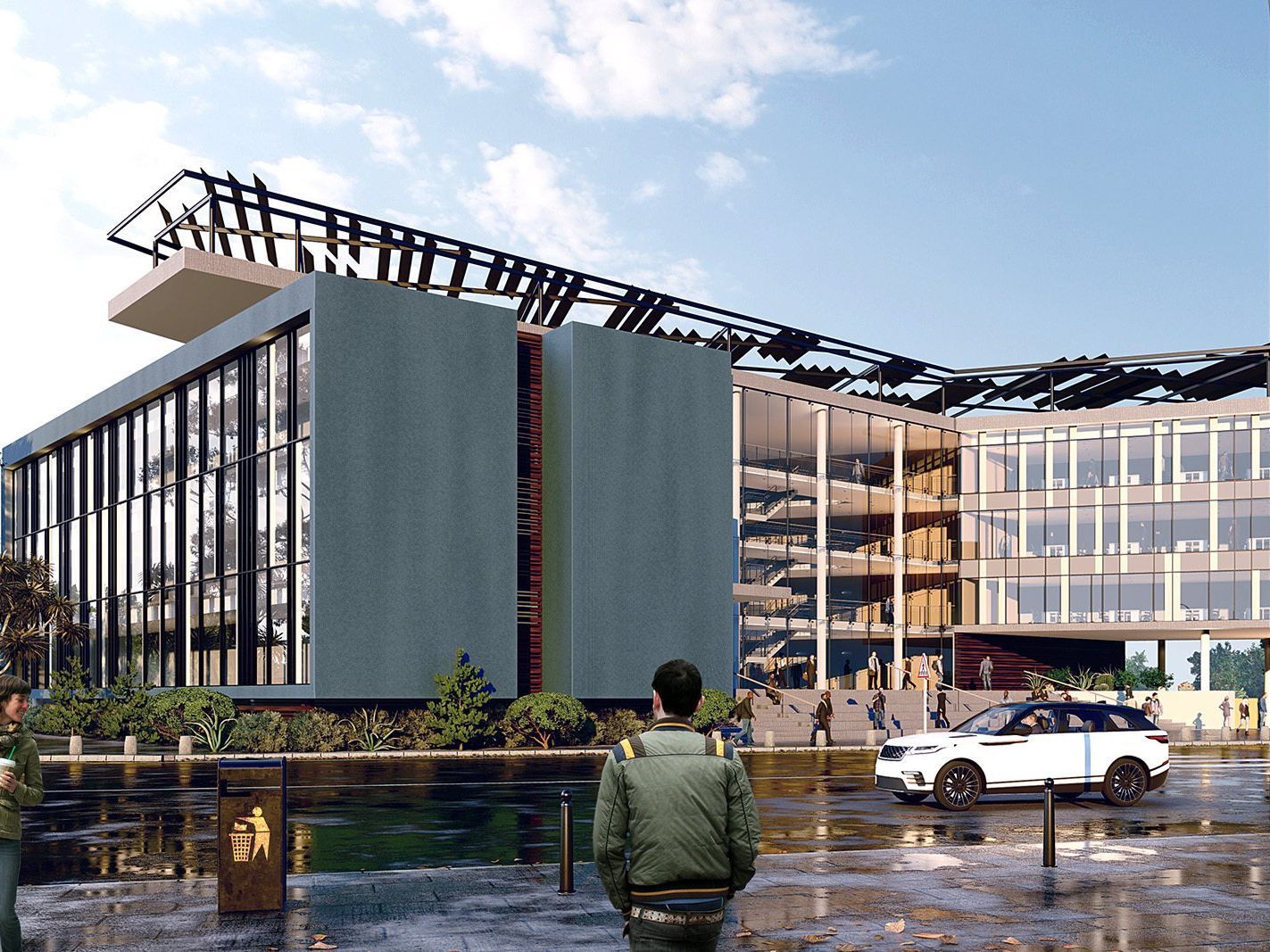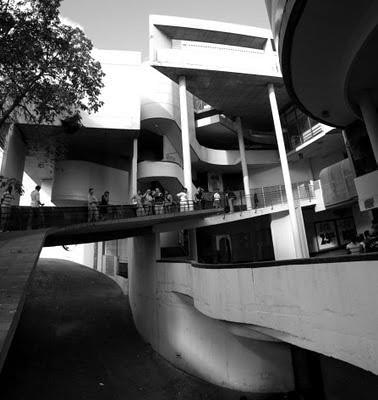Building and decorating your home doesn’t have to take a toll on the environment. Use these eco-friendly interior design tips, created by the Design Scape team, when decorating your home!
Use Furniture Made From Natural Materials
This sounds like it’s going to be difficult to source natural materials, but it’s easier than you think. When you think of “natural materials” think wood, ethically-sourced cotton, leather scraps, and recycled felt made from plastic water bottles. If you’re looking to add wood, look for stores or independent woodworkers who use old crates to create their products. It’s smarter to use existing wooden items rather than order a brand new, bespoke item that needs another tree.
The same goes for using leather scraps. You could create a hand-stitched statement leather couch by using the scraps of leather used to make handbags or couches.
Choosing ethically-sourced cotton is about standing up for the environment as well as workers on cotton farms. Ethically-sourced cotton puts the land and the workers before profit.
Choosing a local brand in your city or country is far more eco-friendly than an international brand or a brand that is largely franchised with items made in China or Bangladesh. Choosing a locally-made product means less transport has gone into getting that item to you. Less transport means less fossil fuel fumes in the air.
Make use of Plants
Using plants in your home is more for aesthetics, however, planting new flowers and trees in your garden or patio is always good for the atmosphere. It’s no secret that deforestation is one of the biggest threats to animal and human life across the globe, and if every person planted one tree or bed of flowers in their garden, we could all fight against deforestation.
Stay Away from Products with VOC Content
VOC (volatile organic compounds) content is present in many household items like surface cleaners, soap, paint, air fresheners, adhesives and more. Breathing in the chemicals from these items can cause headaches, nausea, throat and eye irritation, liver damage and even cancer. This might a bit harder to avoid since many homes require these items, but do a little research on VOC-free products before going to the shops.
Reduce, Reuse, Recycle!
We’ve all heard this saying before and it’s become synonymous with eco-friendly living. Set up recycling bins in your home for paper, plastic and non-recyclable items, then find a local recycler where you can drop off your items once a month. Start watching how much water and electricity you use on a daily basis by listing your daily routine from the moment you wake up – this will help you realize just how much we rely on the environment.
For more information about Architect Services and on how we can assist you, get in touch with our team of Architects and Designers in Cape Town on 021 422 5041 or via email to info@dscape.co.za
For more information about our innovative architectural services and on how we can assist you, get in touch with our team of professional architects and designers in Durban and Cape Town.
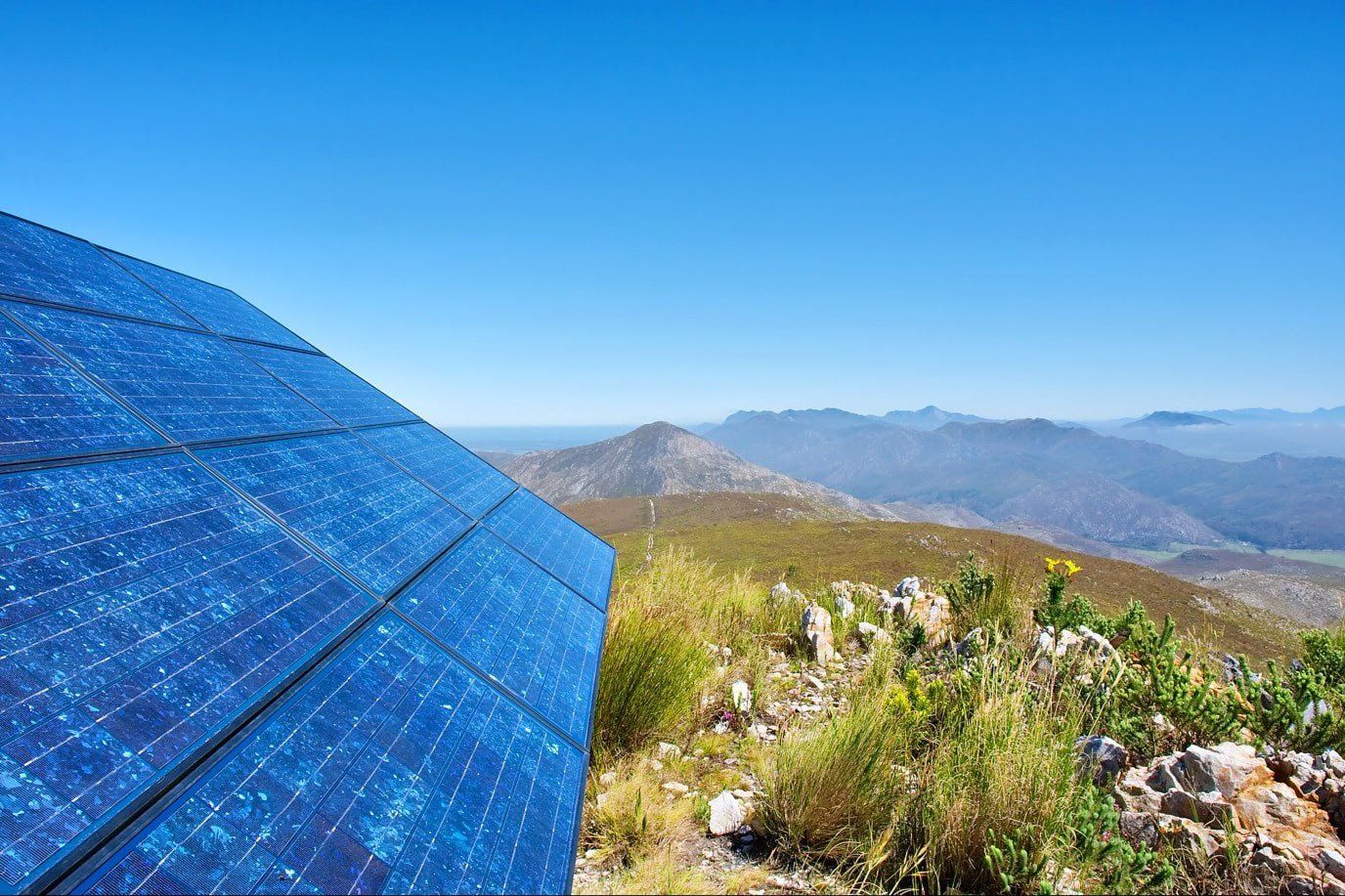
Cape Town
109 Waterkant Street
De Waterkant Cape Town
South Africa, 8001
Durban
Rydall Vale Office Park
Rydall Vale Crescent
Block 3 Suite 3
Umhlanga, 4019
Website design by Archmark


